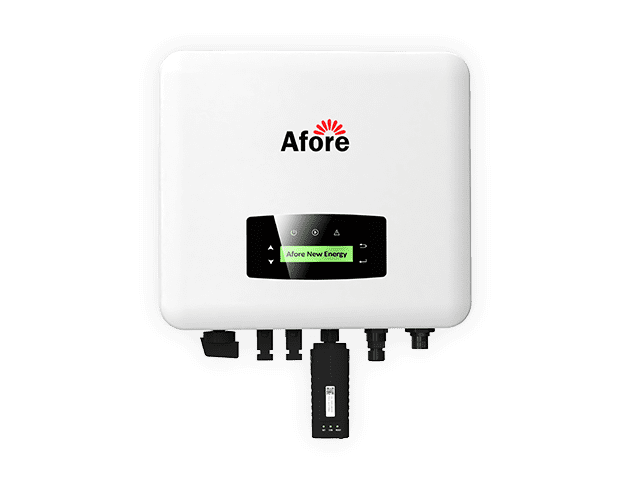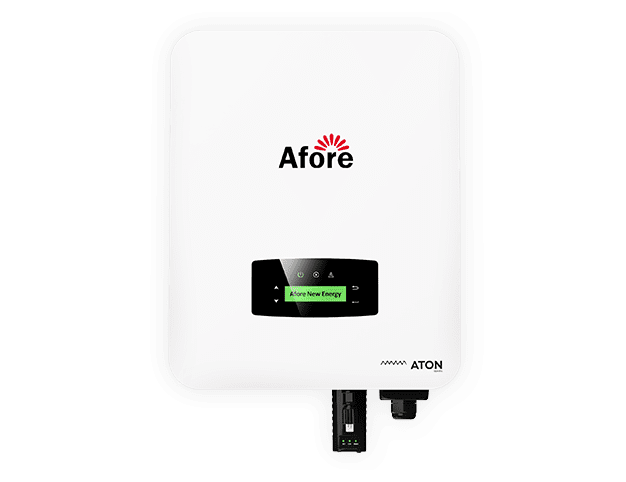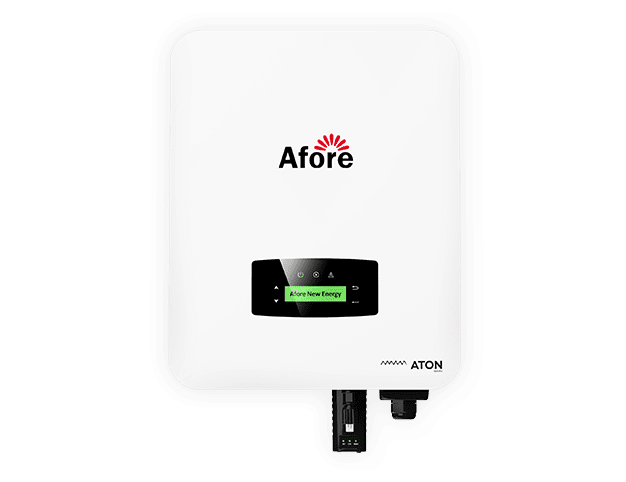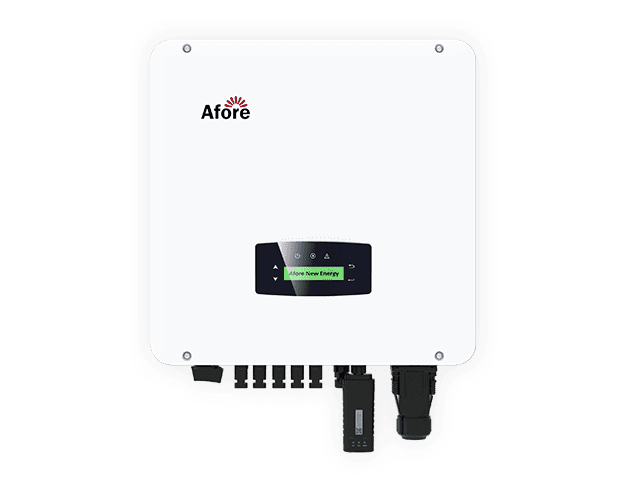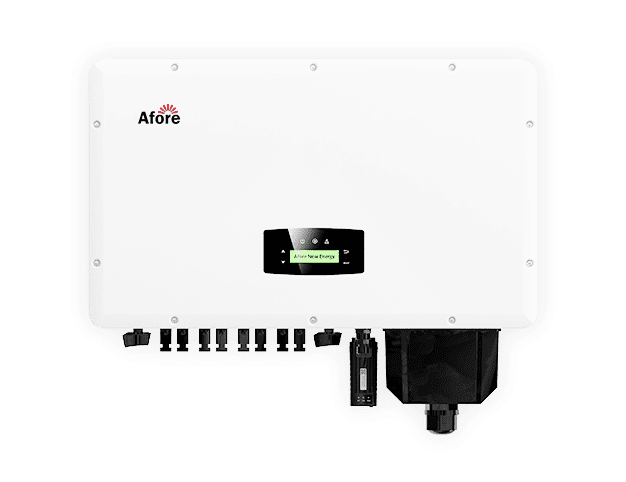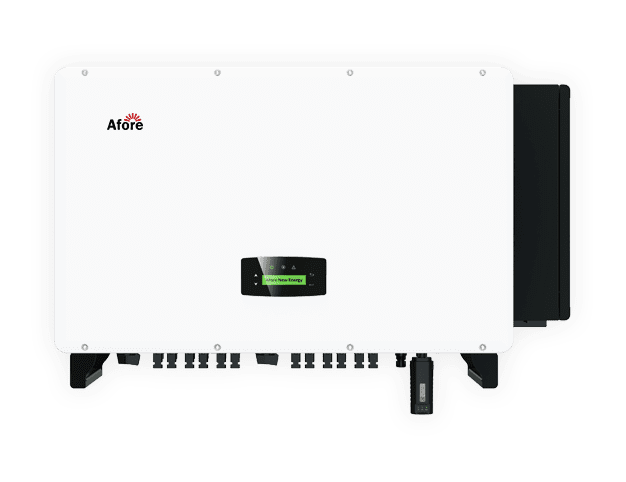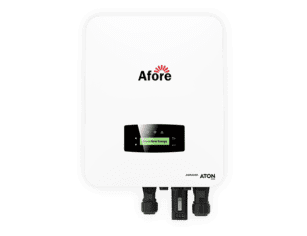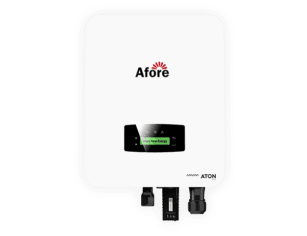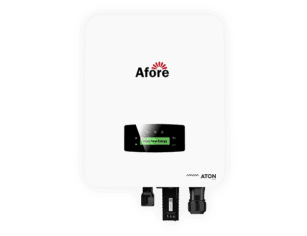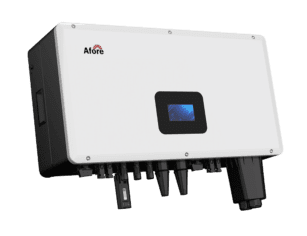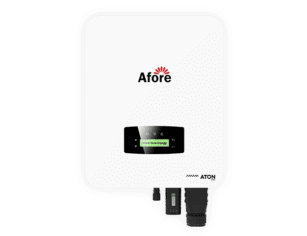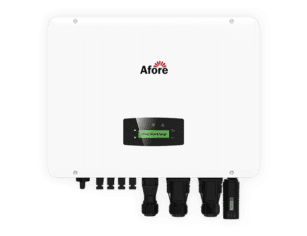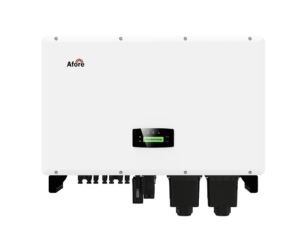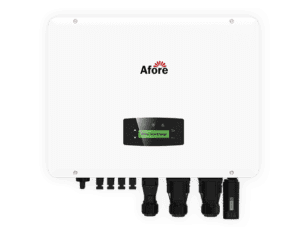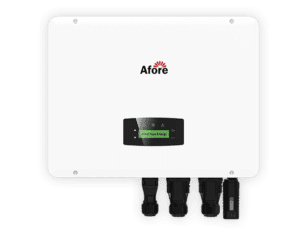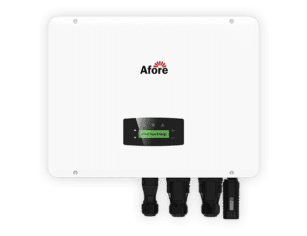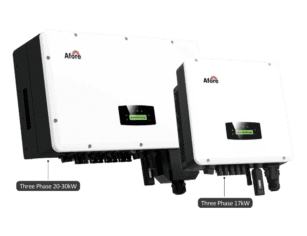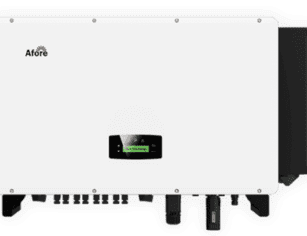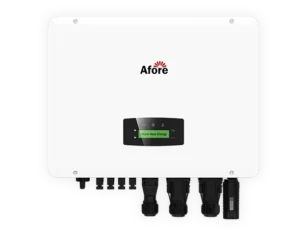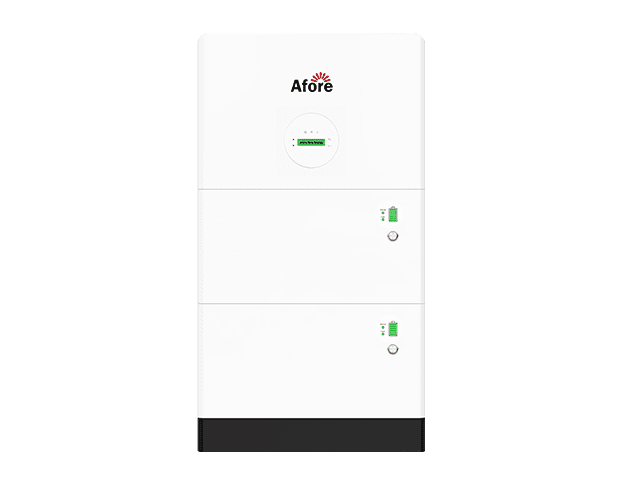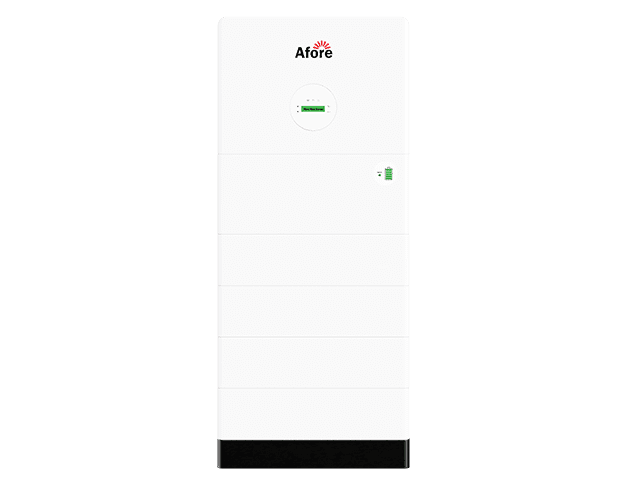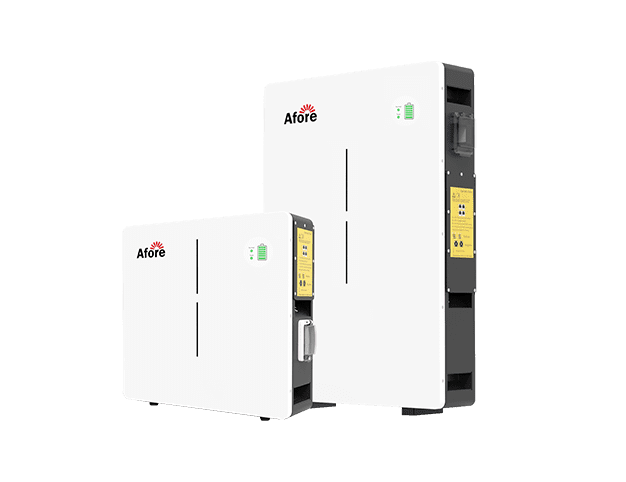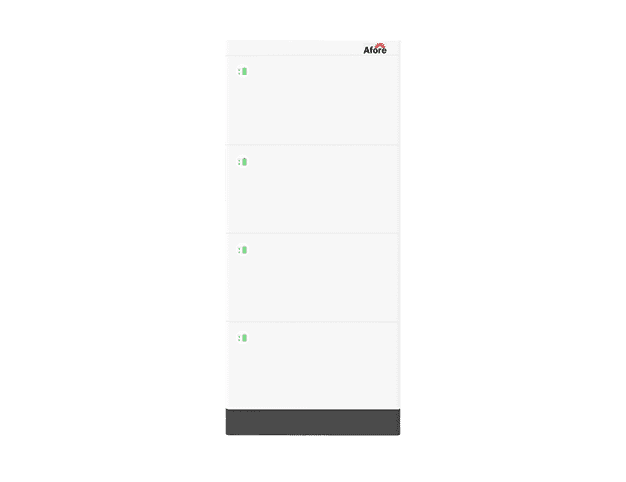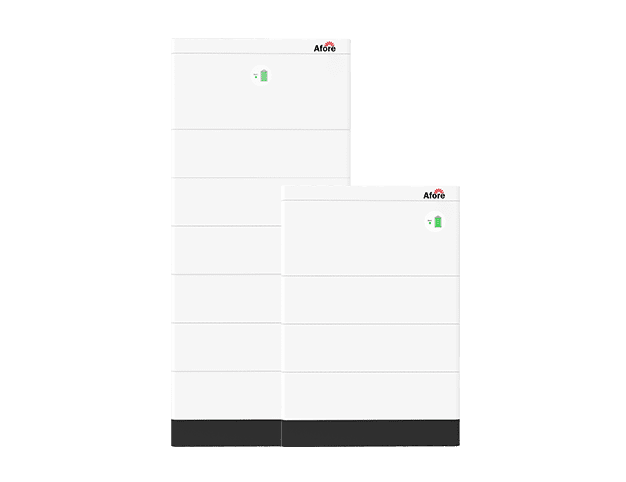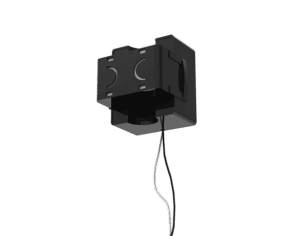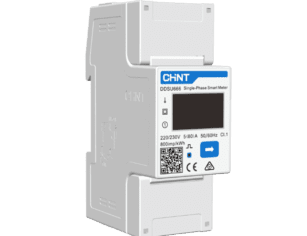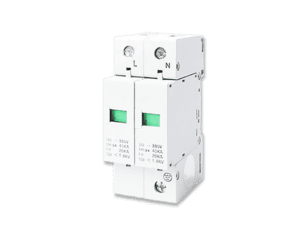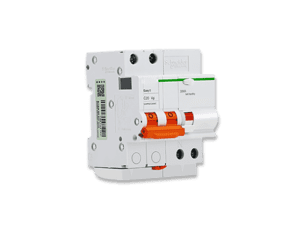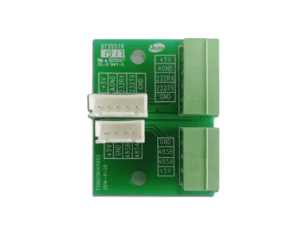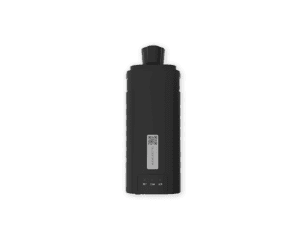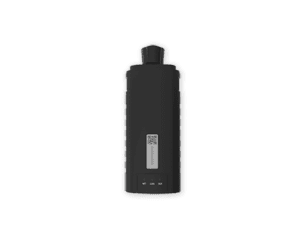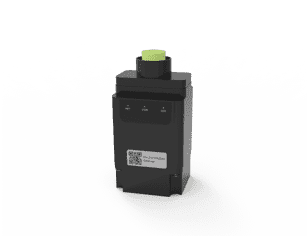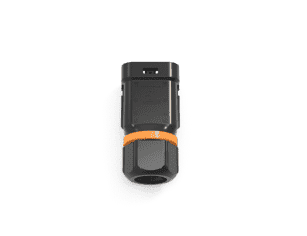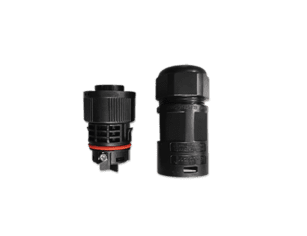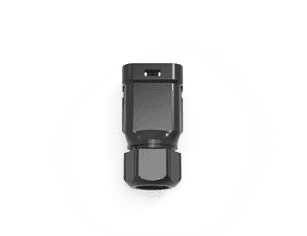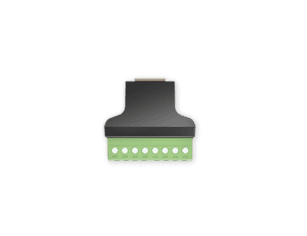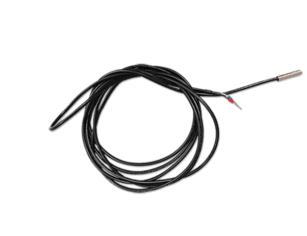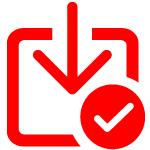Understanding Split Phase Inverters: A Complete Guide
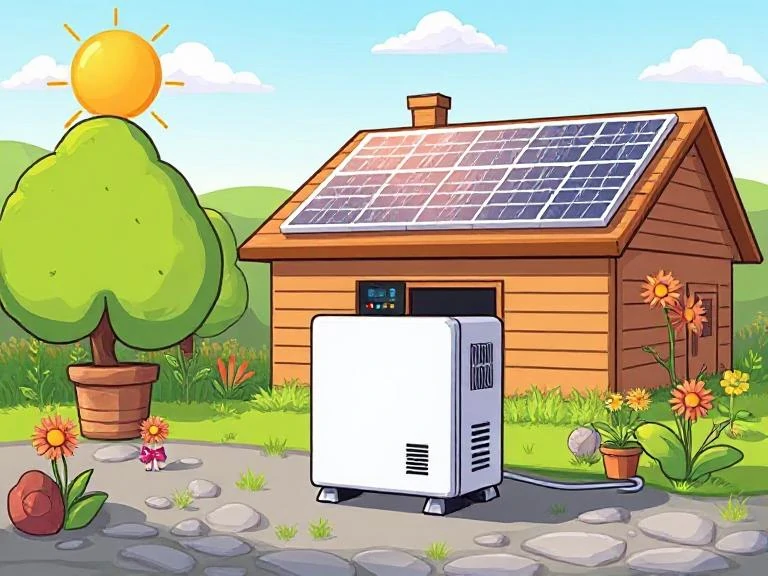
Table of Contents
Curious about what is a split phase inverter? They are very important to today’s power systems. They convert direct current into split-phase alternating current. They make our homes and off-grid systems work better; this guide will show you how they work and why they are so important.
They are important in the home, powering appliances such as refrigerators and lights; split phase solar inverters are also very important for off-grid solar installations, providing AC power when we need it most.
In places like RVs and boats, they make DC power into AC; this lets us use our appliances and charge devices easily. It is very important to have them installed and looked after by experts to keep everyone safe.
In North America, they are used a lot for homes and small businesses; they can give us both 120V and 240V, which is great for all kinds of appliances.
AFORE makes these split phase inverters, which meet the US safety regulations, integrated with Arc Fault Circuit Interrupter (AFCI) and Rapid Shutdown. They are designed to increase energy independence for homeowners, the power range of which is from 3.0kW to 9.6kW, compatible with high voltage (80-495V) batteries.
Understanding what is a split phase inverter may be helpful when choosing an off-grid, grid-tied or hybrid system; this guide will help you make an informed choice based, on your energy needs and budget.
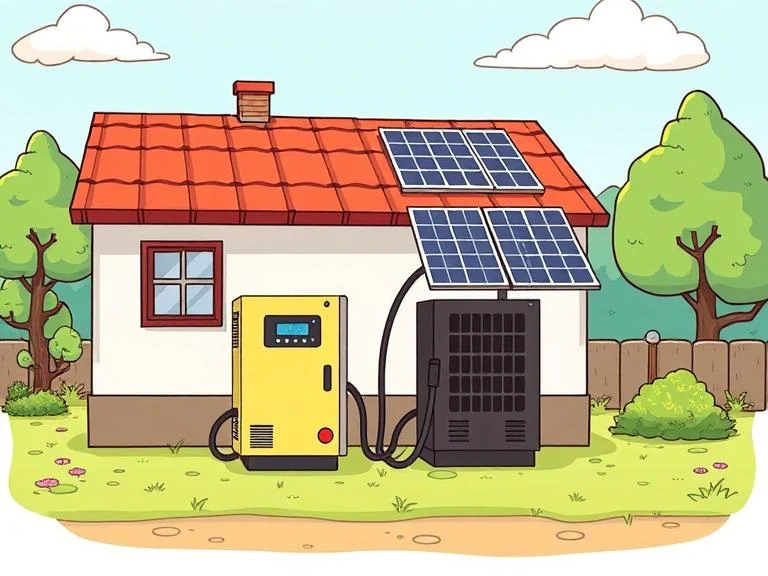
What Is a Split Phase Inverter?
You may ask, “What is a split phase inverter?” They are specialized electrical devices that convert direct current (DC) into alternating current (AC) in a unique manner, producing a split-phase output; this type of inverter is designed to mimic the electrical supply typically found in residential and some commercial settings, where two separate AC waveforms with a phase difference are provided to power various appliances and systems.
Definition and Basic Function
A split phase inverter makes 120V and 240V outputs. It is very important in North America for both low and high-voltage appliances. It turns DC power from batteries or solar panels into AC power for homes or industries.
How a Split Phase Inverter Works?
After knowing about what is a split phase inverter, let’s figure out how it works; internally. It uses a combination of semiconductor devices, transformers, and control circuitry to convert DC power into the desired AC output; the DC input, often derived from solar panels, batteries, or other renewable energy sources, is first processed through a power conversion stage.
This stage typically involves a series of switching operations that create a pulsating DC signal, which is then transformed into a smooth AC waveform through the use of filters and transformers; the control circuitry ensures that the two AC outputs remain in the correct phase relationship.
Components of a Split Phase Inverter
The circuit of it is complex with many parts for top performance; key components include:
- DC-to-AC Converter: Converts DC power into AC power.
- Transformer: Steps up or down the voltage as needed and helps isolate the circuitry.
- Filters: Smooth out the AC waveform in order to reduce harmonic distortion.
- Control Circuitry: Monitors and regulates the inverter’s operation in order, to stable output and protecting against faults.
- Cooling System: Keeps the inverter cool to prevent overheating and extend its lifespan.
Together these parts ensure efficient operation; they support both homes and light commercial needs.
Benefits of a Split Phase Inverter
They are gaining popularity; they are efficient, work well with solar power, and fit many uses. They meet both home and business needs, providing reliable, green energy.
Higher Efficiency and Stability
One of the most significant advantages over other types of inverters is its higher efficiency; this efficiency is achieved through advanced power conversion techniques and optimized component design. As a result, it can convert a greater percentage of the input DC power into useful AC power; it can minimize energy losses.
Moreover, they provide a more stable power output. The two AC outputs, which are 180 degrees out of phase, help to balance the load and reduce fluctuations in the power supply. This stability is particularly important in applications where consistent power is crucial, such as sensitive electronic equipment or medical devices.
Ideal for Residential and Commercial Applications
They are ideally suited for residential and commercial applications because of their ability to mimic the typical power supply system’s found in these environments; many homes and small businesses utilize split-phase power systems that provide two independent AC waveforms with phase differences; they can be seamlessly integrated into these existing wiring systems, making them an excellent choice for retrofits or new installations.
In addition, the efficiency and stability make them ideal, for powering a wide range of appliances and equipment in both residential and commercial environments; they provide the reliable power needed to ensure smooth operation from lighting and heating systems to computers and office machines.
Compatibility with Solar Power Systems
They are highly compatible with solar power systems. Solar panels generate DC power, which must be converted to AC power for use in the home or business; split phase solar inverters are designed to efficiently convert this DC power into the AC power required by most appliances and equipment.
Furthermore, split phase solar inverters can be integrated into solar power systems that include energy storage solutions, such as batteries; this integration allows for the storage of excess solar-generated power and its use during times when sunlight is unavailable, such as at night or on cloudy days. By providing a seamless connection between solar panels, energy storage, and the electrical load, split phase solar inverters enable the maximization of solar energy utilization.
Split Phase Inverter Vs Single Phase and Three Phase
It is very important to know the distinctions among different systems when looking at inverters. Each type has its own features and uses, affecting your choice based on your needs. Let’s explore these differences.
Single Phase Vs Split Phase Inverters
Single Phase Inverters:
- Output: Produces a single AC waveform.
- Common Use: typically used, in smaller applications, such as homes with relatively low electrical loads.
- Advantages: Simpler design and lower cost compared to multi-phase inverters.
- Disadvantages: May not be able, to provide as stable a power supply as a split-phase inverter, especially with load variations.
Split Phase Inverters:
- Output: Generates two AC outputs that are 180 degrees out of phase with each other.
- Common Use: Ideal for applications that require a split-phase electrical supply, such as many residential and smaller commercial settings.
- Advantages: Offers higher efficiency and stability compared to single phase inverters; better load balancing and reduced power fluctuations.
- Disadvantages: May be more expensive, than single phase inverters on account of their more complex design.
Single phase inverters are often picked for homes because they’re affordable and easy to use; they work well for most home appliances and lights, which don’t need a lot of power. The reliable AFORE Single Phase Inverter is of high quality and are highly recommended for their high efficiency, wide range of power outputs, user-friendly interface and compact design.
Moving to split phase, we see a big jump in power; they can handle both 120V and 240V, making them great for bigger homes that use more power.

Split Phase Vs Three Phase Inverters
Three Phase Inverters:
- Output: Produces three AC outputs that are 120 degrees out of phase with each other.
- Common Use: commonly used in industrial and large commercial applications for it can effectively handle high loads.
- Advantages: Higher efficiency and power factor correction capabilities; they can provide a more balanced power supply for large loads.
- Disadvantages: More complex and expensive; not suitable for smaller applications where the load is relatively low.
Split Phase Inverters:
- As mentioned earlier, they are designed for applications that require a split-phase electrical supply; they offer a balance between efficiency, cost, and suitability for smaller loads.
- They are generally more cost-effective and simpler to install and maintain, in residential and smaller commercial settings compared to three phase inverters.
Three-phase systems are best suited for large electrical loads and are ideal for businesses and factories; they spread the power over three phases, reducing losses and increasing efficiency; on the other hand, split phase inverters provide more power, than single phase but are simpler and cheaper, making them ideal for homes that need 240V but don’t require a three phase setup.
When to Choose a Split Phase Inverter Over a Single or Three Phase Inverter
Split solar phase inverters are a good choice in many situations; if you’re replacing a single phase inverter, they’re a good choice because they provide more power and balance the load. They are ideal for homes that sometimes require standard and high power appliances such as 120/240V. It’s also very easy to upgrade to a three phase inverter if you need to; however, if you need high and stable power for heavy machinery, a three phase inverter is preferable, even though it’s more expensive and more complicated.
Here are some suggestions for a better decision.
When to Choose a Split Phase Inverter:
- When applications require split phase power supply such as in many residential and small commercial environments.
- When efficiency and stability are very important and the load varies significantly.
- When the cost of installation and maintenance needs to be kept relatively low.
When to Choose a Single Phase Inverter:
- For projects such, as homes, with specific needs.
- When faced with constraints of a budget.
- When the power standards, for quality are less stringent.
When to Choose a Three Phase Inverter:
- For larger business settings that require handling of heavy loads.
- When it is essential to consider power factor correction and maximize efficiency.
- When the budget permits we can consider investing in end and costly equipment.
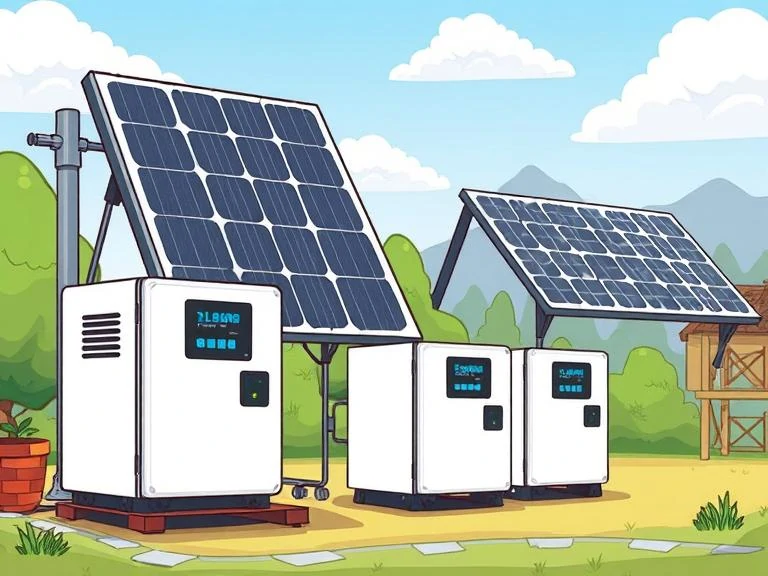
How to Choose the Best Split Phase Inverter?
Choosing the right inverter is very important; you need to know your power needs and make sure it fits your loads. The design should match your home or business needs.
Power Requirements and Load Compatibility
Power Requirements:
- Assess Your Needs: Determine the total power required for your application; this includes considering the peak power demands and the average power consumption.
- Inverter Capacity: Make sure the inverter you opt for can meet your power needs adequately and it’s an idea to go for one with a higher capacity to handle any future upgrades or sudden increases, in power consumption.
Load Compatibility:
- Load Types: Identify the types of loads the inverter will power; split phase inverters are typically used with loads that require both single-phase and split-phase power, such as household appliances, HVAC systems, and some industrial equipment.
- Load Balance: Consider the balance of loads between the two phases; uneven load distribution can lead to inefficiencies and potential damage to the inverter or connected equipment.
Key Features to Look for in a Split Phase Inverter
When selecting an inverter model to purchase, make sure to consider the features it offers.
- Efficiency: Search for an inverter that boasts efficiency to cut down on energy wastage and save on your costs.
- Waveform Quality: Make sure the inverter generates sine wave power to run electronic devices smoothly without any harm or disturbances.
- MPPT (Maximum Power Point Tracking): MPPT technology optimizes the energy captured from panels by tuning the voltage and current levels to align with the panels peak power output point.
- Protection Features: Choose an inverter with comprehensive protection features, such as overvoltage, overcurrent, and short-circuit protection, to safeguard against potential damage.
- Monitoring and Control: Consider inverters with built-in monitoring and control capabilities, which allow you to remotely monitor the system’s performance and troubleshoot issues as needed.
Installation and Maintenance Considerations
Regular checks keep your system running well.
- Site Preparation: Make sure that the location where you install the inverter meets its needs such, as temperature control and proper ventilation.
- Professional Installation: Make sure to hire a certified electrician to set up the inverter in accordance, with the regulations and safety standards of your area.
Maintenance:
- Regular Inspections: Schedule regular inspections and maintenance checks to identify and address potential issues before they become critical.
- Cleaning: Keep the inverter and its surroundings clean and free of debris to prevent overheating and other issues.
- Manufacturer Recommendations: Be sure to follow the manufacturers guidelines, for upkeep and problem solving to make sure the inverter works well and lasts longer.
Recommended Split Phase Solar Inverters
AFORE Split Phase Inverters are top picks for their reliability and efficiency; they work well for homes and businesses. Their designs support a wide range of power needs. AFORE inverters provide assistance, for setting up and upkeep making them a dependable option, for power solutions.
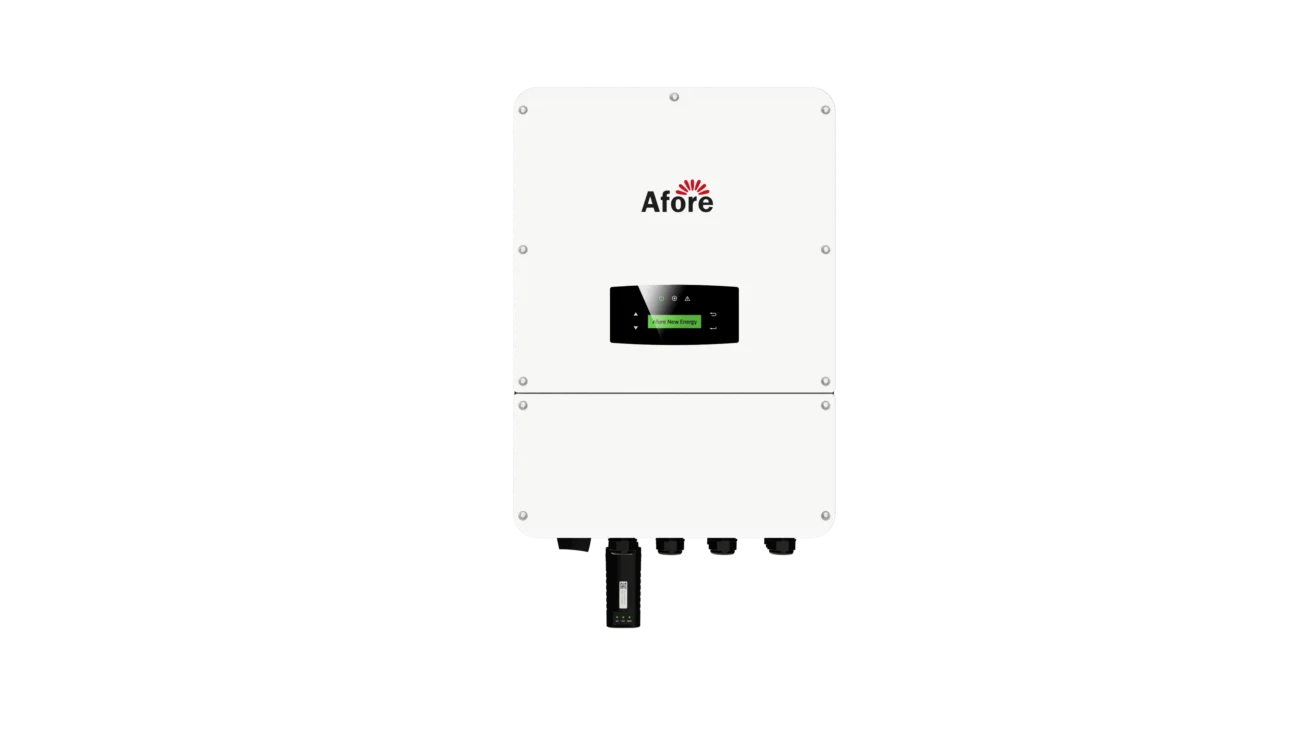
Conclusion
Our guide to split-phase technology explains why split-phase technology is growing in popularity in North America; it offers flexibility, efficiency and stability for homes and businesses. They are great for powering appliances, working with solar systems, and saving on energy costs.
Choosing the right inverter is very important for establishing an effective and efficient energy system; we have gained in-depth understanding of their operational mechanisms, the diverse benefits they offer, and how they stack up against other types of inverters in the market.
These inverters are created to meet voltage needs and allow us to make use of sustainable energy sources by incorporating them into our homes and businesses. This helps us make our surroundings more environmentally friendly and lessen our impact on the environment.
In addition, we have recognized the important role that this particular type of inverter system, which features a balanced AC output, will play in shaping the future of energy; this system will help ensure a stable and reliable power supply as we transition to cleaner and more renewable energy sources, its ability to meet the demands of modern power loads and its seamless integration with renewable energy installations such as solar panels, underscores its importance in the ongoing transition to a greener energy environment.
By choosing the inverter to meet our requirements thoughtfully and precisely, we can contribute to shaping a future of energy that’s sustainable and environmentally aware.
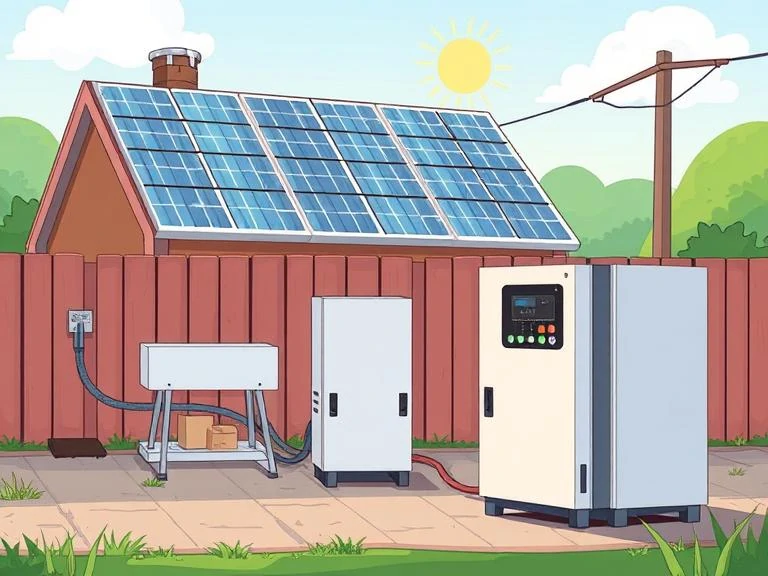
FAQ
What is a split phase solar inverter and how does it work?
The answer to the question what is a split phase inverter is that it changes DC into AC with two 120-volt waveforms. This is key for running both low and high-voltage appliances. It’s perfect for homes and renewable energy, giving out dual voltages (120V and 240V).
What are the main benefits of using a split phase solar inverter?
They are very efficient and stable. They offer precise power control and support both low and high-voltage appliances. They’re great for homes and businesses, and work well with solar power, cutting down electricity costs.
How do split phase inverters compare to single phase inverters?
The former gives you dual voltage outputs (120V and 240V). This means they can handle both low and high power needs; single phase inverters only give one voltage, limiting their use to lower power tasks.
What should I consider when choosing a split phase solar inverter?
Think about your power needs and what you can use it with. Look at the power output range, efficiency, and extra features like Wi-Fi or Bluetooth; make sure it’s installed right and maintained well for safety and best performance.
What are the key components of a split phase solar inverter?
The main parts of it are batteries, electrical circuits, and conversion kits; these parts make sure energy is converted and distributed efficiently, giving you reliable and stable power.





